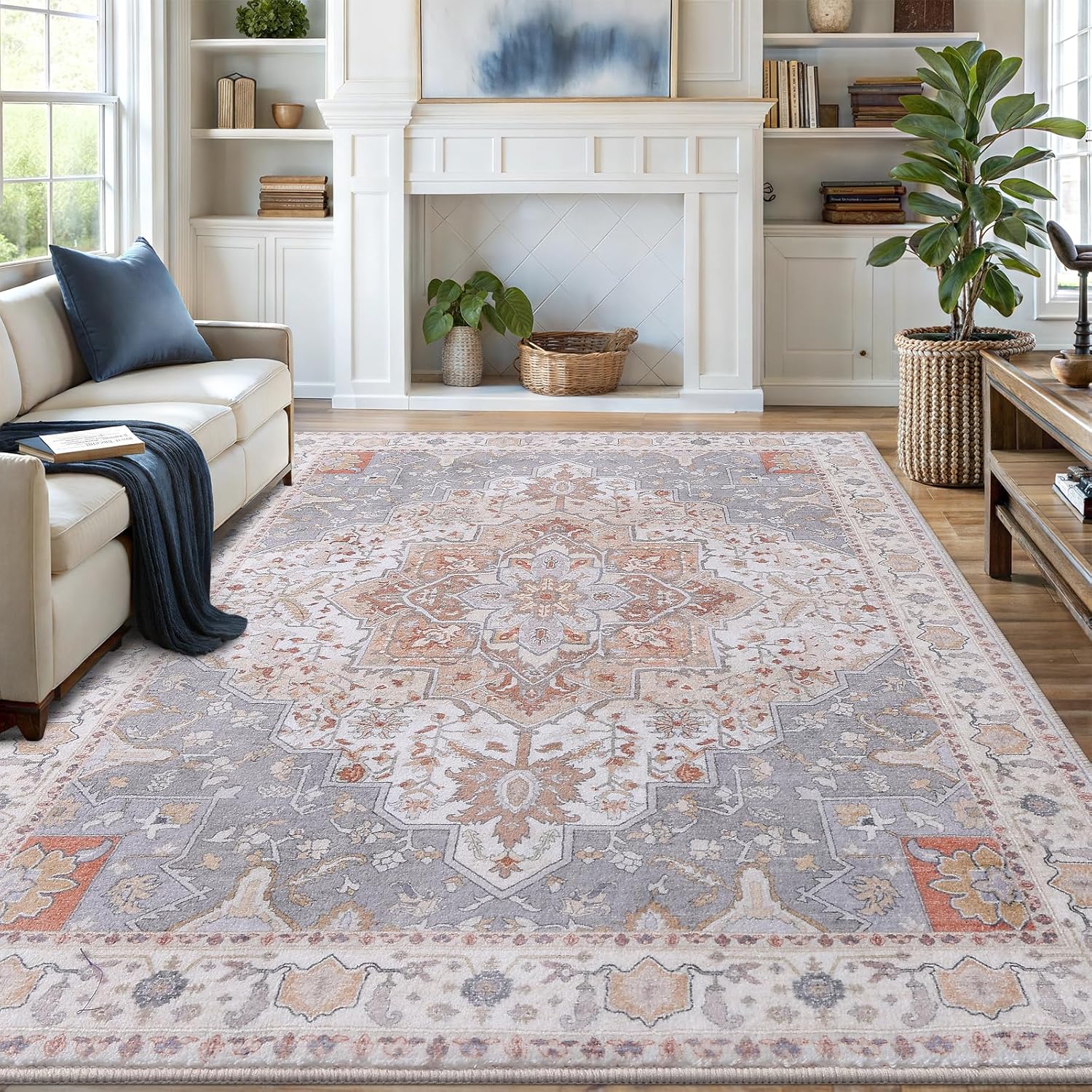To clean pet-friendly kitchen areas, use non-toxic cleaners, regularly wash pet dishes, and vacuum to remove hair and dander effectively.
Keeping your kitchen clean while ensuring it’s safe for pets requires special attention. Pet-friendly cleaning goes beyond basic hygiene—it’s about protecting your furry friends from harmful chemicals while maintaining a spotless cooking space. Follow these expert-approved methods to create a sparkling, pet-safe kitchen environment.

Choosing the Right Cleaning Products
Standard cleaners often contain toxic ingredients dangerous to pets. Opt for safer alternatives that clean effectively without risking your pet’s health.
Pet-Safe Disinfectants
Look for EPA-approved disinfectants specifically formulated for pet households. Products like Lysol Pet Solutions use hydrogen peroxide instead of harsh chemicals. For a natural option, mix:
- 1 cup white vinegar
- 1 cup water
- 10 drops lemon essential oil
Non-Toxic Degreasers
Kitchen grease can be tackled with baking soda paste (3 parts baking soda to 1 part water) or our recommended pet-safe degreaser that cuts through grime without toxic fumes.

Daily Cleaning Routine for Pet Owners
Consistent cleaning prevents buildup and reduces the need for deep cleaning with stronger products.
Countertop Care
Wipe surfaces twice daily with:
- Microfiber cloth dampened with warm water
- Follow with pet-safe disinfectant spray
- Dry completely to prevent paw moisture
Floor Maintenance
Pet hair and dander require special attention:
| Floor Type | Cleaning Method | Frequency |
|---|---|---|
| Hardwood | Dry mop with electrostatic cloth | Daily |
| Tile | Steam mop with water only | Every 2 days |
Pet Feeding Area Hygiene
Food and water bowls need special care to prevent bacterial growth.
Stainless Steel Bowls
Clean twice daily with hot soapy water and dry thoroughly. Weekly, disinfect with a vinegar solution (1:1 vinegar and water).
Automatic Feeders
Disassemble and clean all parts weekly with gentle dish soap to prevent mold and bacteria in crevices.
Deep Cleaning Strategies
Monthly deep cleaning tackles hidden grime while keeping pets safe.
Appliance Cleaning
For refrigerators, use a paste of baking soda and water. Avoid oven cleaners with fumes—opt for our non-toxic oven cleaner recommendations.
Cabinets and Baseboards
Use a damp microfiber cloth with mild soap. For stubborn paw prints, try a magic eraser with water only.
Accident Management
Quick response prevents stains and odors from setting.

Vanmoos 6×9 Machine-Washable Area Rug — Artistic Flair / Beige
Low-pile, non-slip rug that minimizes pet hair collection and makes quick cleanup part of your routine.
Affiliate link — may earn a commission at no extra cost to you.
Fresh Messes
Blot liquids with paper towels, then clean with enzymatic cleaner specifically designed for pet accidents.
Dried-On Food
Soak with warm water and mild soap before gently scraping with a plastic spatula.
Preventive Measures
Reduce cleaning needs with smart pet-proofing.
Food Storage
Use airtight containers for pet food and treats to prevent spills and pest attraction.
Trash Security
Invest in a pet-proof trash can with locking lid to prevent scavenging and messes.
By implementing these pet-safe cleaning practices, you’ll maintain a hygienic kitchen that’s safe for every member of your household—both human and animal. Regular maintenance with the right products prevents the need for harsh chemicals while keeping your space sparkling clean.
